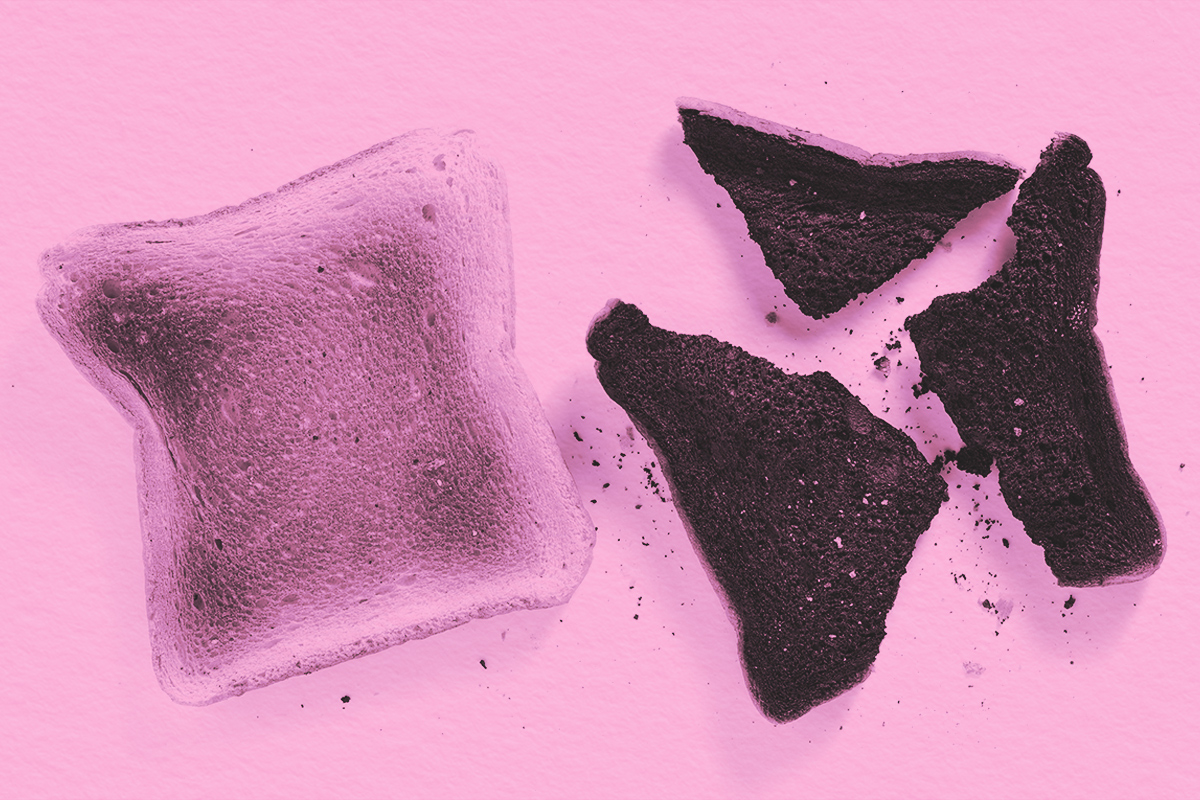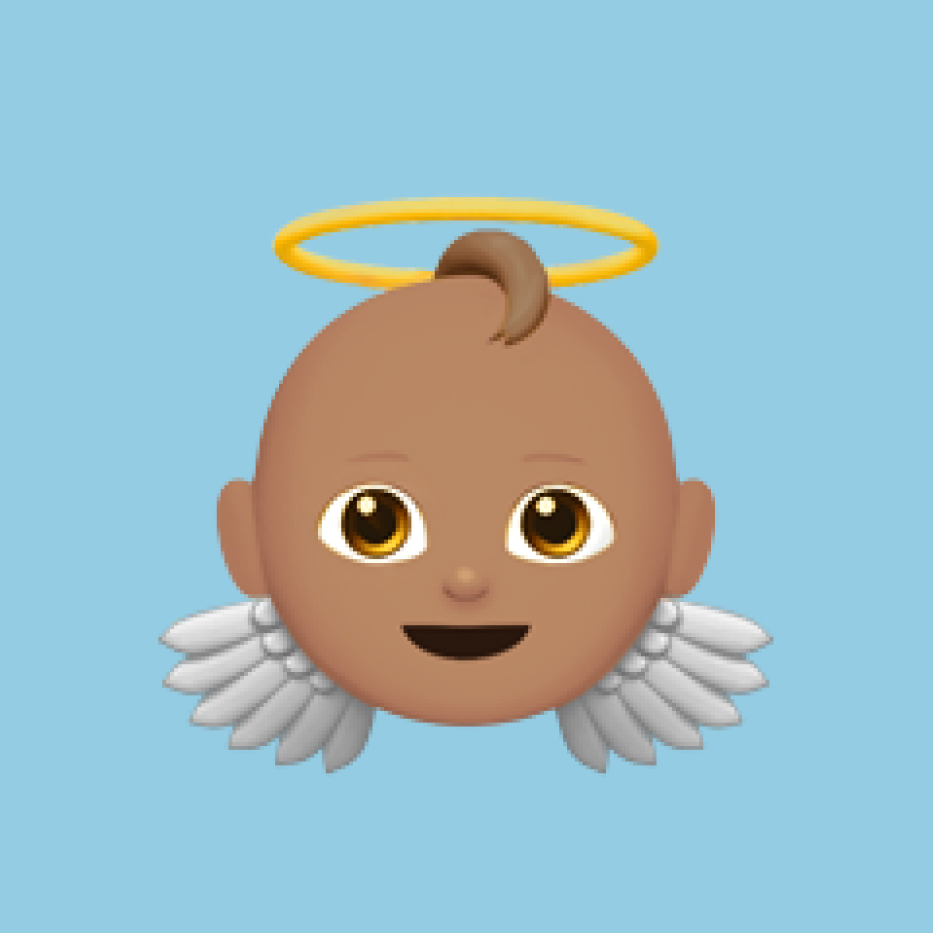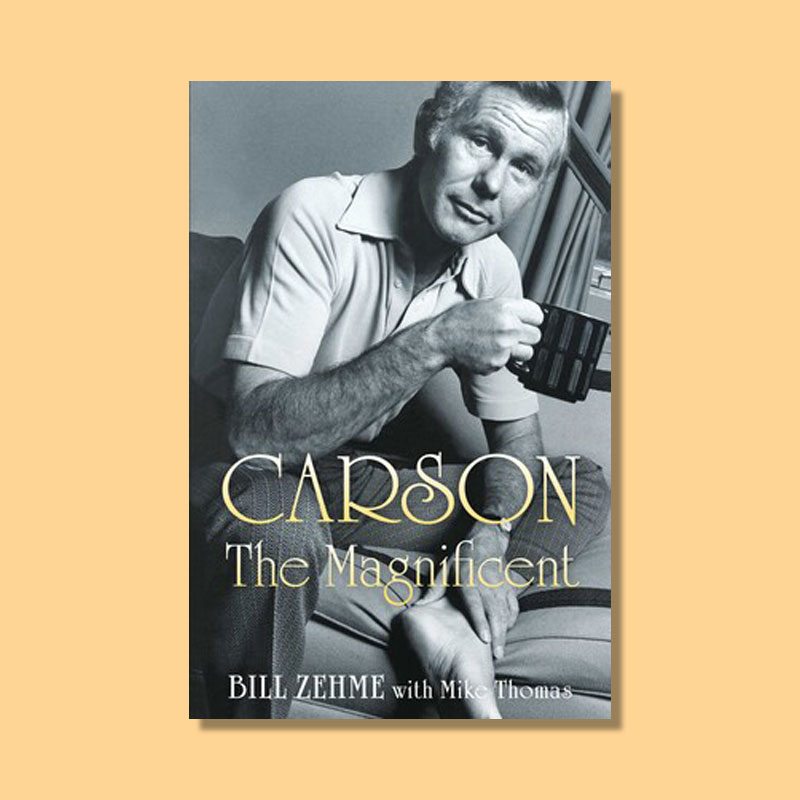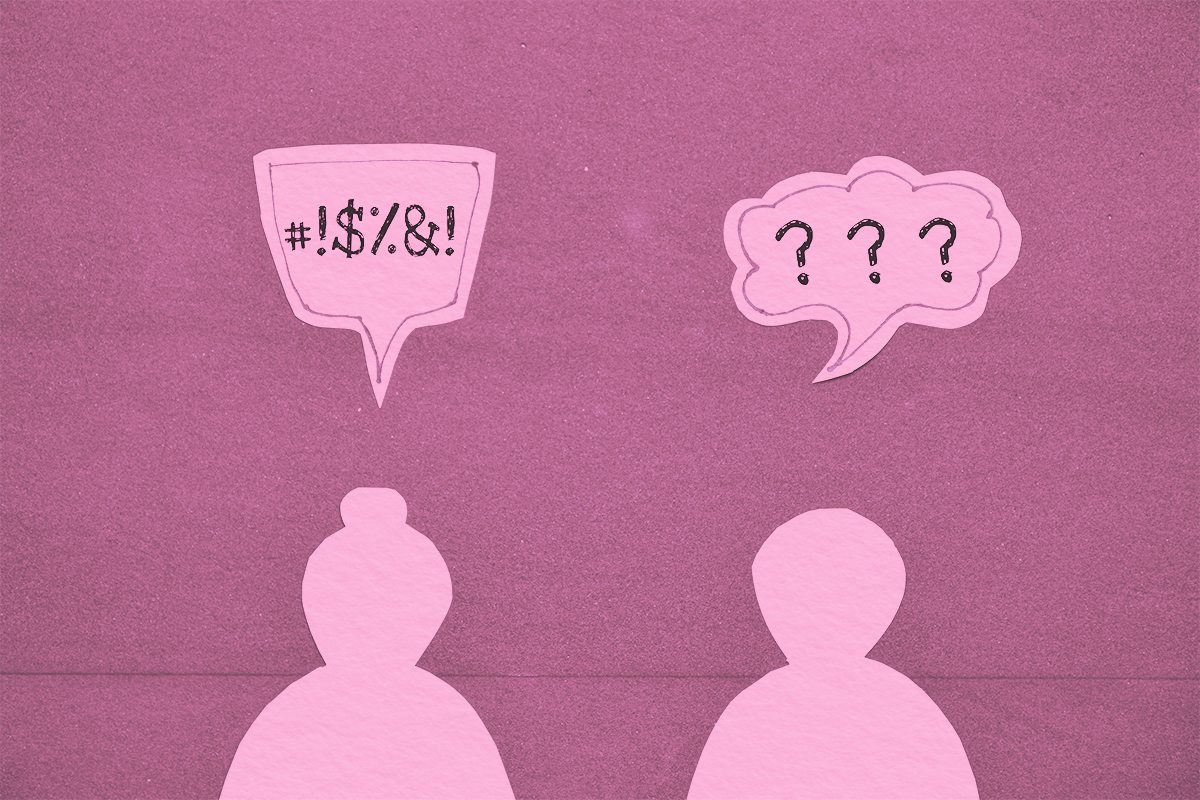Is it spelled "burnt" or "burned"? | | While both are technically correct, they have distinctions — namely the part of speech and the context of the burning. | |  | Bennett Kleinman |
|
| |  | | W hile "burnt" and "burned" aren't exactly homophones (words that sound the same, but have different meanings, spellings, or both), choosing the correct version can still trip people up. Both words are considered acceptable forms of the word "burn," making them somewhat interchangeable in most English-speaking countries. But for American English speakers, there's a distinction, depending on whether the term is being used as an adjective or a verb.
Long before "burnt" or "burned" were in play, the Old English word brent was an adjective used to describe items scorched by fire. In the late 16th and early 17th centuries, "burnt" and "burned" became the preferred spellings. This parallel evolution makes it hard to discern between these terms, and non-American English speakers still use them interchangeably as adjectives (with a preference leaning toward "burnt"). But in the U.S., we usually use "burnt" when describing something's appearance, as in the popular Crayola color burnt sienna. While both are technically acceptable, it's less likely you'll see an American write "burned sienna" or "burned toast."
But the opposite holds true if the context calls for a past-tense verb. American English speakers are far more likely to use "burned" in an example such as "the chicken burned in the oven" or "I burned in the sun yesterday." You can say "the chicken burnt" and still be grammatically correct, but it's less common in the United States.
If you live in England, Australia, or any other non-U.S. country where English is predominantly spoken, it may be hard to find a difference between "burnt" and "burned." But in the U.S., use "burnt" as an adjective and "burned" as a past-tense verb to avoid issues or confusion. |
| | Continue reading | |  |
| |
| | Advertisers help keep Word Smarts free | |
Emoji Decoded | |  | | Baby Angel | | | Meaning: Depicts a youthful cherubic or angelic face with wings and a halo.
Evolution: While it traditionally represents cherubs or innocence, Baby Angel is often used ironically to indicate mischief or fake innocence, or to sarcastically claim to be "an angel" after doing something questionable.
Usage: [In the group chat after causing drama:] 👼 just stirring the pot a little 👼 |
|
 | | Baby Angel | | | Meaning: Depicts a youthful cherubic or angelic face with wings and a halo.
Evolution: While it traditionally represents cherubs or innocence, Baby Angel is often used ironically to indicate mischief or fake innocence, or to sarcastically claim to be "an angel" after doing something questionable.
Usage: [In the group chat after causing drama:] 👼 just stirring the pot a little 👼 |
|
| |
Have you read? | |  | | Carson the Magnificent | | By Bill Zehme with Mike Thomas | | "Though the tone is mostly laudatory, Zehme's nuanced portrait presents Carson as plagued by a bottomless need for 'validation, most any damned kind of it,' which fueled his workaholism and frequent marital infidelities. Carson's fans will appreciate the glimpse behind the curtain." | | | | Publishers Weekly Review | | | | We independently evaluate all recommended products and services. If you click on links we provide, we may receive compensation. |
|
 | | Carson the Magnificent | | By Bill Zehme with Mike Thomas | | "Though the tone is mostly laudatory, Zehme's nuanced portrait presents Carson as plagued by a bottomless need for 'validation, most any damned kind of it,' which fueled his workaholism and frequent marital infidelities. Carson's fans will appreciate the glimpse behind the curtain." | | | | Publishers Weekly Review | | | | We independently evaluate all recommended products and services. If you click on links we provide, we may receive compensation. |
|
| |
You might also like | |  | | | | Great Horn Spoon! And Other Vintage Vulgarities | | Cursing used to be more taboo, and the library of replacement words was more varied. Let's take a dive into the world of old-fashioned curse words. These words may have been considered on the verge of profanity at one point in time, but today they sound almost quaint. |
| | | |
| | Advertisers help keep Word Smarts free | |
|
![]()
![]()
![]()
![]()
0 Comments:
Post a Comment
<< Home